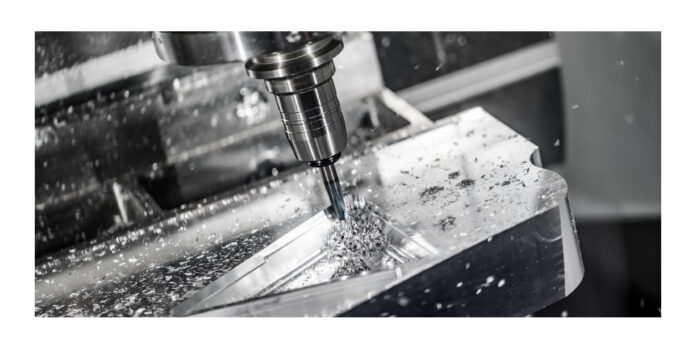Numerical control is the first most relevant industrial revolution in the manufacturing sector. Since its effective development in 1950, NC technology has experienced significant effects in software and hardware. The CNC manufactured various tools, thereby, (CNC) becoming the present manufacturing industry to raise production while facing intense competition.
Knowing CNC begins from understanding that NC stands for “Numerical Control,” it uses numerical values to dictate equipment and machinery movement using simple digital control parts like thermometers and counters. It appears to be a replacement for manual control.
Numerical control is employed instead of the current concept of digitization in this age of NC(numerical control). This time, preparatory computer tools are used to design and program the trail of machine cutting tools. Compiling processing instructions is done by numerical data like numbers, symbols, and letters. Thus, to control the equipment’s movement and operation, instructions are named NC programs or machining programs.
From NC to CNC Computer Automation Change
NC numerical control originated in the 1940s in the United States. During that time, the AirForce of the United States needed to produce helicopter propellers, and it required most precision machining. Therefore, they trusted mechanical and civil engineers to do related developments and research. In 1949, the US AirForce commissioned the Massachusetts Institute of Technology to initiate numerical control.
During that time, the Institute cooperated with Parsons to create milling machines’ technology and contour cutting. In the 1950s, the first working numerical control machine was released by the Institute.
With such a rewarding experience in milling and cutting machines, numerical control technology has commonly been used in other metal processing fields, and the technology has been enhanced continuously.
With the fast growth of semiconductor technology in the 1970s, personal computers were introduced into the commercial and computer markets on a large scale.
Diverse multi-axis processing and powerful machines have been introduced, and the practical processing domain is also extensive. Therefore, the notion of CNC is generated gradually.
With the introduction of CNC, the manufacturing process is different. Because computers are used, the flow of processing patterns is transformed into a completely digital form. Firstly, it alters the computer’s additions and instructions before they are sent to the automated tool machine for processing. Almost all recent machine tools are adopting the CNC mechanism where the computer performs the role of composed and coordinated control and production, yet also intervenes on the side of design.
With the constant improvement of computer applications and technology, more detailed workpiece production and design have been actualized, particularly the application of CAM and CAD, which has strengthened further the general capacity of production of CNC machines. The software not only calculates the instructions of movement but also assigns the workpiece in different processing processes.
These digitalized instructions pass to the processing equipment through the computer system control of the machine. The other drive systems and the motor are accurately and cautiously controlled to accomplish precision machining and enhanced ultra-precision machining.
Final Thoughts
The growth of processing techniques has never ceased. After introducing the IoT technology and big data, CNC processing is entering a new turning point. The age of wisdom manufacturing.







